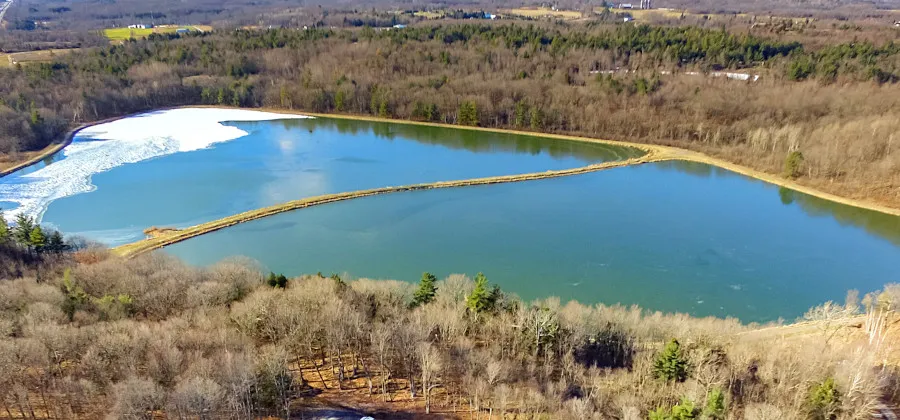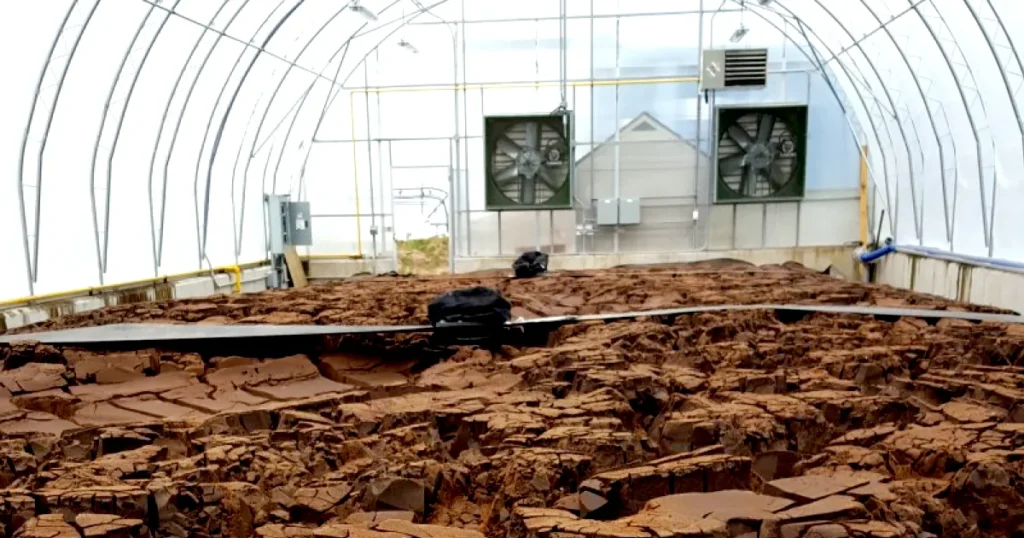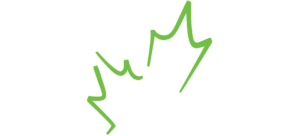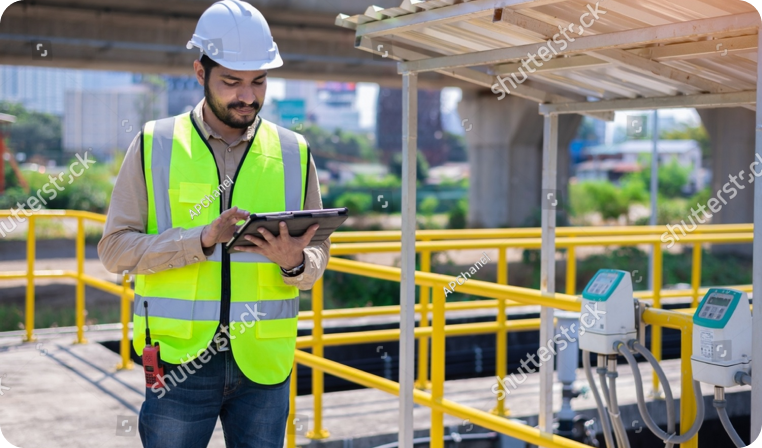
ARTICLE
Quietly effective: Dewatering stormwater pond sediments with geotextiles and gravity
For those entrusted with the care and maintenance of stormwater management ponds, removing accumulated sediments is no small matter. There are many factors to consider, including:
- How will the sediments be removed and dewatered?
- How will the surrounding community be affected?
- (And perhaps most importantly) How long will it take and how much will it cost?
The Clarke Bellinger Environmental Facility, located in Barrhaven, ON, is home to one of the largest stormwater management ponds in Ottawa. Over time, sediment had accumulated in the pond and diminished its ability to store water and contaminants, necessitating a comprehensive cleanout project.
The city opted for hydraulic dredging in combination with the Bishop Solids Management Solution (BSMS). Unlike complex, energy-intensive mechanical dewatering equipment, BSMS utilizes a passive dewatering process that achieves a high level of dry solids using only specially selected polymers, Geotube® filtration and gravity. This process offers high pumping rates so cleanouts can be completed faster, and over time, can achieve better dewaterability than mechanical alternatives, so fewer trucks are needed to relocate the material.
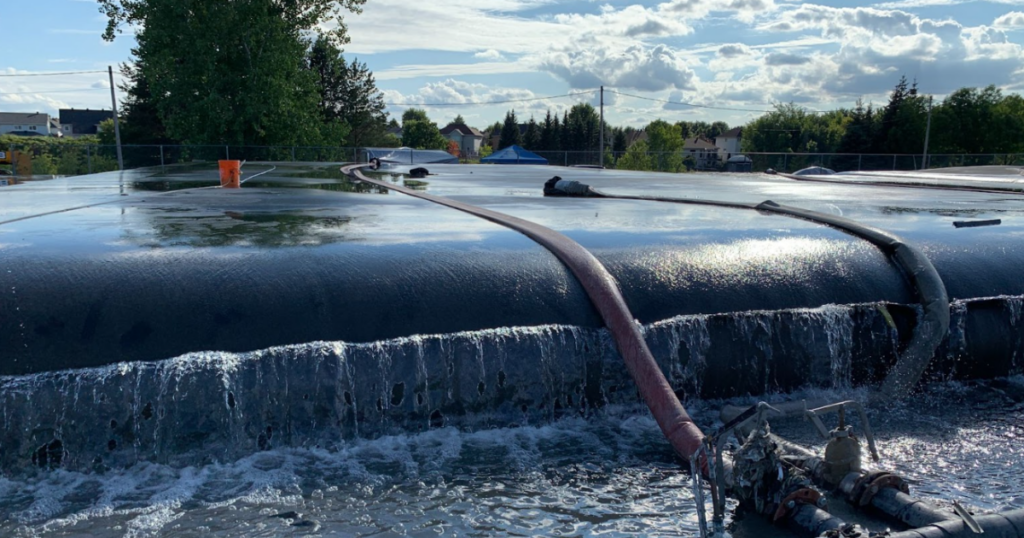
Advantages of semi-passive dewatering with BSMS
Cost-effective: Geotube containers provide containment and dewatering, which enables dredged sediment to stay on site and continue dewatering for days, weeks or even months. As water is released, the volume of solids also decreases, so fewer trucks are needed to relocate the material. The process also eliminates the need for complex, energy-intensive mechanical dewatering equipment such as centrifuges or belt presses, which can significantly increase project costs through higher rental and operating expenses.
Reduced environmental impact: The semi-passive BSMS dewatering process is quieter and less disruptive than traditional mechanical methods. This is particularly important in urban areas like Barrhaven, where minimizing project duration, noise and vehicle traffic is a top priority. These reductions in energy usage and transportation also contribute to significantly lower carbon emissions for the project.
Better processing rates: BSMS is capable of achieving continuous flow rates of up to 2,000 gpm (7,570 L/min), enabling large volumes of sludge to be pumped and dewatered very quickly. Portable truck-mounted belt presses have a maximum flow rate of about 150 gpm (568 L/min)* and require significantly more time, cost, and environmental impact to complete a dewatering project.
The importance of regular maintenance
The end results of the cleanout project were both impressive and impactful, with over 2,562 bone-dry metric tonnes of material being dredged from the pond over the course of the multi-year project. Phase one was completed in September 2021, and phase two was completed the following year. This approach allowed for the material within the Geotubes to continue to dewater between phases, and also enabled the disposal of the material to be deferred to the next budget cycle.
Watch the City of Ottawa’s video on the Clarke Bellinger stormwater pond cleanout.
*Use of Geotube® dewatering containers in environmental dredging, B.J. Mastin and G.E. Lebster


